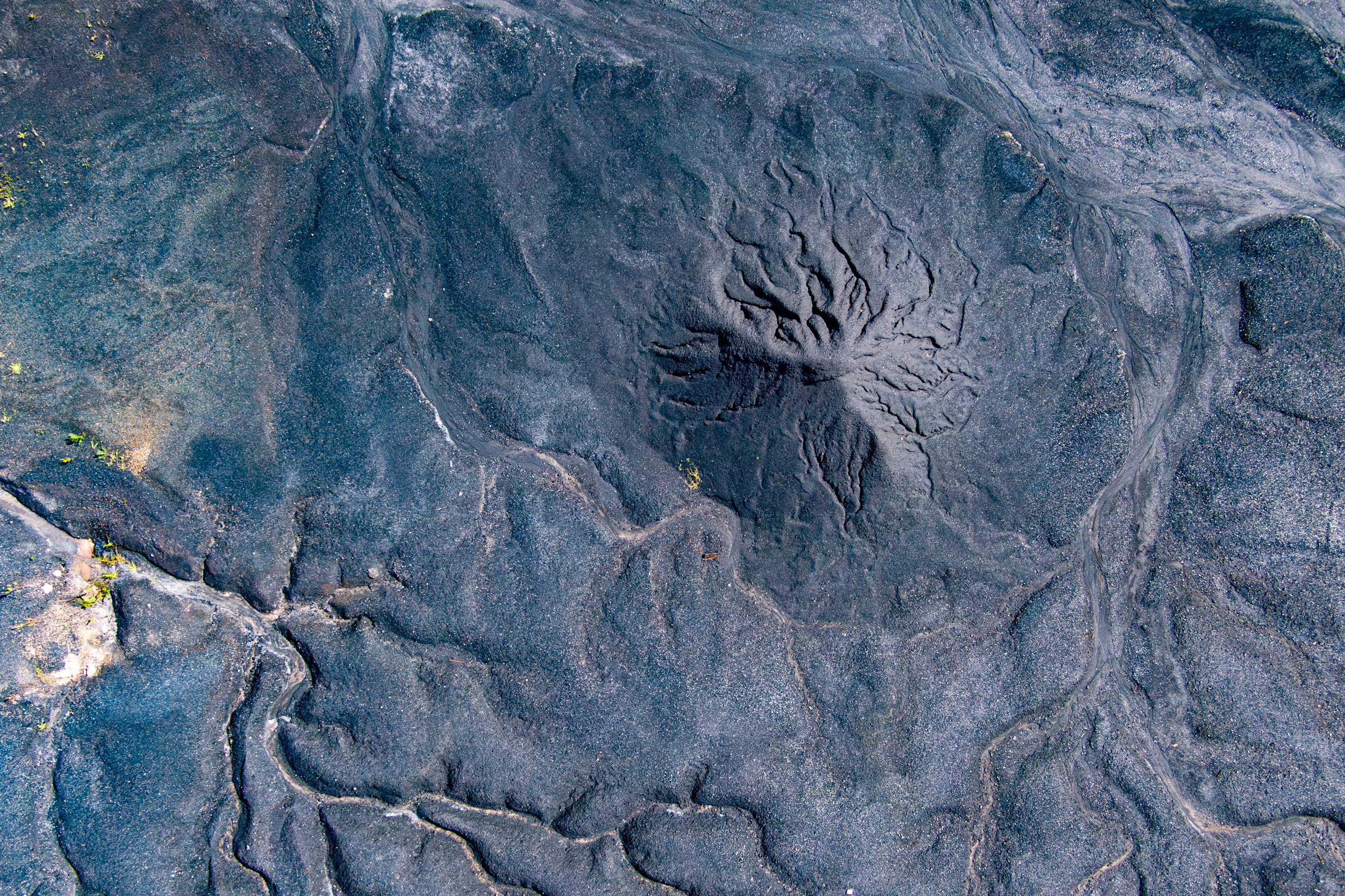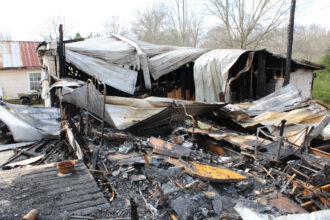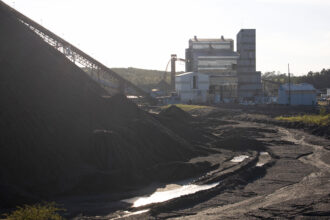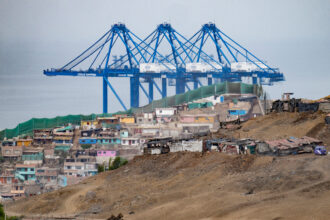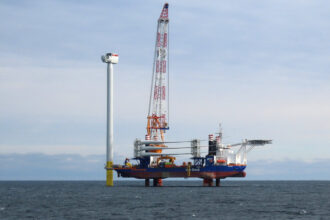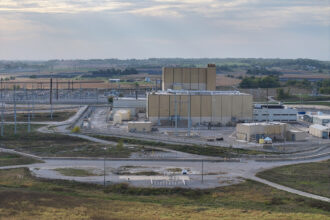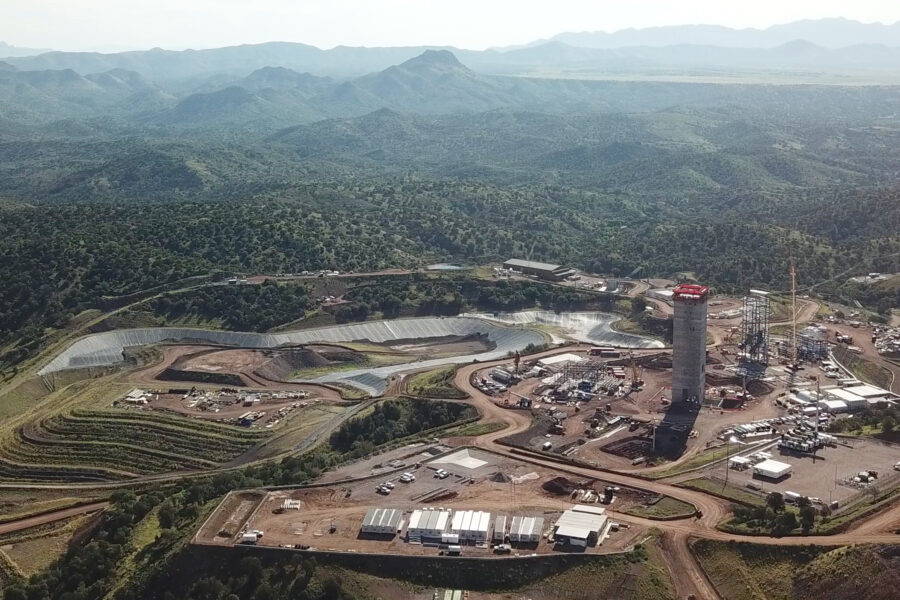Joe Pizarchik knows mining.
For nearly a decade, he served as the Senate-confirmed head of the Office of Surface Mining Reclamation and Enforcement (OSMRE), the federal agency charged with regulating the surface impacts of underground coal mining across the country.
Before that, Pizarchik served in his home state of Pennsylvania in its Department of Environmental Protection, first as assistant director of the Bureau of Regulatory Counsel, then as director of the Bureau of Mining and Reclamation.

Pizarchik said that in all that time, he’s never seen a situation quite as disheartening as the one the nation is experiencing under President Donald Trump.
In an interview with Inside Climate News, Pizarchik spoke at length about the current regulatory environment around coal mining and, more specifically, about a recent announcement in Alabama. The state’s top coal regulator has suspended federally mandated methane monitoring after a March 2024 home explosion atop a coal mine that left an Alabama grandfather dead and his grandson severely injured.
“It is extremely disappointing to see a Trump regime putting the interests of big corporations and wealthy people ahead of American citizens and the environment,” he said.
So far in his second term, President Donald Trump has emphasized his administration’s support for what he calls “clean, beautiful coal,” which is actually the dirtiest, and often most expensive, of fossil fuels.
The administration has also trumpeted the fast-tracking of coal projects across the country, claiming that doing so will “unleash American energy.” Often, however, that characterization doesn’t hold water. In Alabama, for example, where the Bureau of Land Management has just approved mining thousands of acres of publicly owned coal, part of what may be the largest mining expansion in state history, none of the extracted coal will be used to power American homes. Instead, the metallurgical coal, used in steelmaking, will virtually all be shipped overseas through the port of Mobile, Alabama, for use in foreign manufacturing.
Pizarchik said that he’s particularly concerned about the ability of federal agencies like OSMRE to enforce regulations required by law during a government shutdown.
Even when Pizarchik was head of the regulator and a government shutdown wasn’t at hand, he said, it was difficult for the agency to meet its goal of inspecting 10 percent of all mines. Now, under the current regulatory environment, Pizarchik said that’s even further out of reach.
“It’s highly unlikely that’s happening at this point,” he said.
Pizarchik is also deeply troubled by the actions state like Alabama, where regulators have moved to push back against what he views as common-sense enforcement of federal law to protect citizens from imminent threats.
In March 2024, a home exploded above Oak Grove mine, a longwall coal mining operation in rural Jefferson County, southwest of Birmingham. The explosion, likely caused by the release of methane gas, which is released during the mining process, led to the death of W.M. Griffice, a grandfather, and severely injured his grandson.
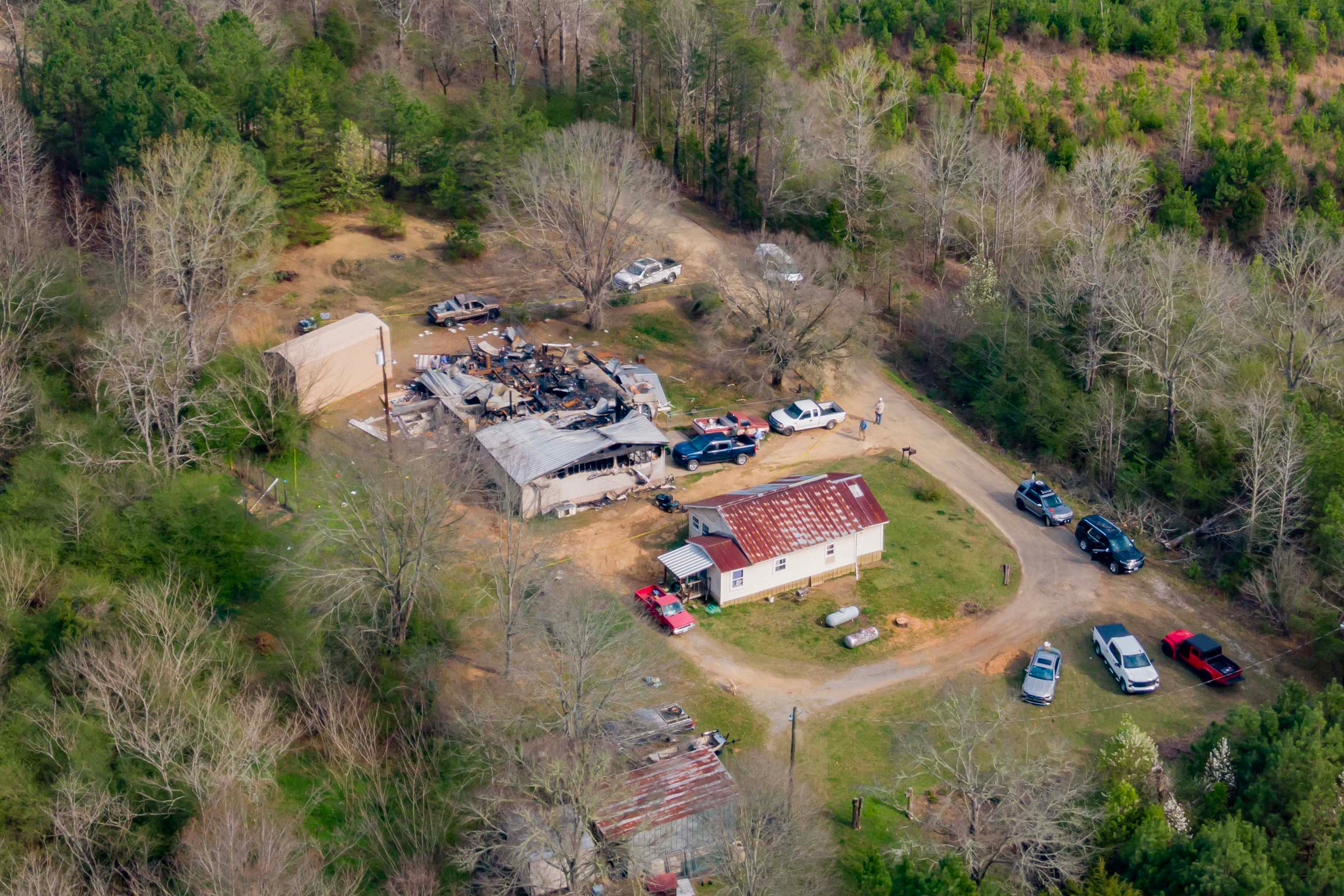
In December 2024, following an extensive investigation by Inside Climate News, federal regulators at OSMRE issued a “Ten-Day Notice” indicating that the mine might have been out of compliance for failing to adequately monitor potentially explosive methane emissions. The notice required Alabama regulators to come into compliance or “show cause” for any failure to seek adequate remedies.
In response, state officials required coal companies across Alabama to submit methane-monitoring plans within 90 days to mitigate risks posed by escaping gas. Before the 90 days were up, and at the request of the coal industry, the director of Alabama’s coal regulator, Kathy Love of the Alabama Surface Mining Commission, issued a six-month extension.
Officials from OSMRE pushed back, writing to Love that they felt the extension was “excessively long” and that the agency likely would not have abated its Ten-Day Notice had they known she planned such a delay.
In September, as that extension was about to expire, Love sent a letter to OSMRE notifying federal regulators that she had indefinitely suspended any requirements to monitor methane gases above coal mines, even where homes and businesses are present. Love also asked federal regulators for a formal review of the circumstances surrounding the issuance of the Ten-Day Notice, which she said she believes should be “withdrawn.”

Pizarchik said he’s never heard of a state agency approaching federal regulators months after a Ten-Day Notice to ask that it be withdrawn. If Love had issues with the agency’s actions, he said, they should have been expressed to federal regulators months ago.
“If Alabama and this director thought there was no merit to it, she had ten days to put together the evidence and demonstrate that,” he said. “She didn’t do that, which I think raises questions about her credibility.”
Love declined to answer Inside Climate News’ questions about the letter and Pizarchik’s observations. “No comment,” the director said in an e-mail.
Pizarchik also said that the timing of Love’s letter may be opportunistic, sent at a time when OSMRE’s regulatory staff is stifled by the government shutdown and in the shadow of the Senate’s confirmation of Lanny Erdos, a former coal executive, as the new head of OSMRE.
“This letter’s timing might have been tied to the impending shutdown and with the change in leadership,” he said.
Love’s letter also came just weeks after the Bureau of Land Management approved a private company’s mining of federal coal in Alabama, partly based on the expectation that Alabama would soon have methane monitoring requirements above mines.
That expansion of Warrior Met’s Blue Creek mining facilities is slated to be one of the largest buildouts of coal mining infrastructure in the state’s history, with capital costs topping $1 billion. Taxpayer-funded support for the project, which included the controversial deepening of Mobile Bay to support exporting mined coal, may exceed $400 million.
“That could definitely be another timing factor,” Pizarchik said. “Wait until that project is finalized and then suspend the monitoring program so the coal companies don’t have to do it.”
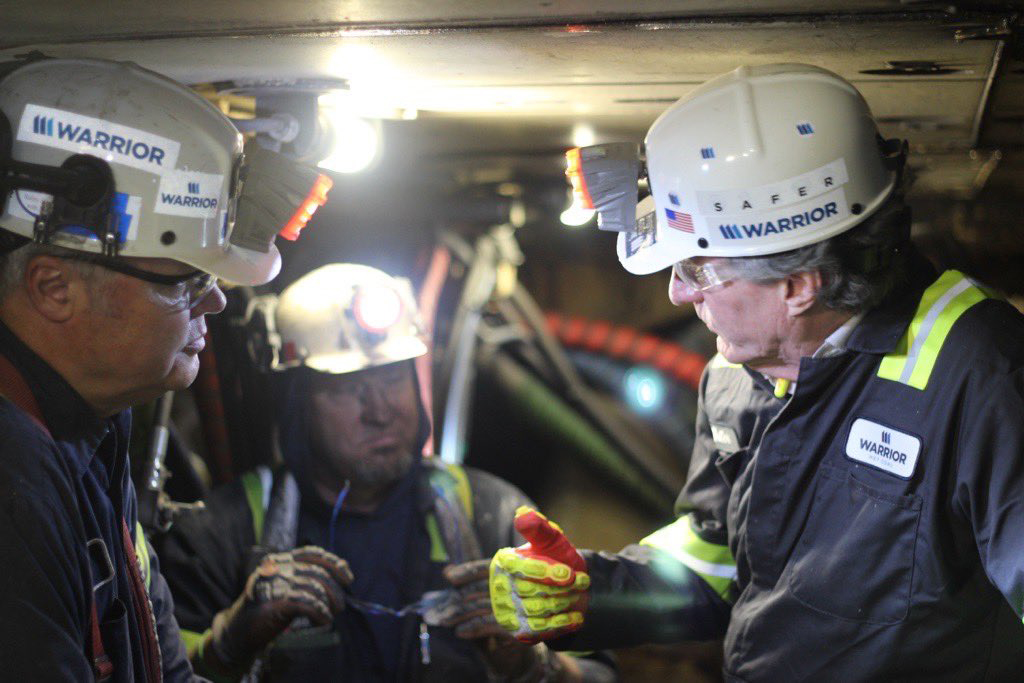
Pizarchik also said that he doesn’t buy Love’s contention that the technology doesn’t exist to conduct such monitoring and that doing so would be cost prohibitive for coal operators.
“It’s a crock of bull,” Pizarchik said. “Longwall mines are the most efficient in the country. So they ought to be able to afford that.”
Trump’s Big Beautiful Bill even lowered costs for coal mines, he said, reducing royalties on mining publicly owned coal and providing a tax break for metallurgical coal operations.
This story is funded by readers like you.
Our nonprofit newsroom provides award-winning climate coverage free of charge and advertising. We rely on donations from readers like you to keep going. Please donate now to support our work.
Donate NowAnd the technology to monitor methane, Pizarchik said, already exists. Anyone can go into a Lowe’s or Home Depot and buy a basic methane detector, similar to a fire alarm, to provide protection. There are also basic steps mining operators can take to reduce the risk of methane escaping into residences or other confined spaces.
“You simply vent the methane into the atmosphere,” Pizarchik said. “And that’s not particularly expensive.”
Pizarchik also noted that Love’s letter unnecessarily criticizes a citizen who complained directly to federal officials following the home explosion. Love wrote that OSMRE’s regulatory actions may have been based on “media pressure and a citizen’s unknowledgeable complaint.”
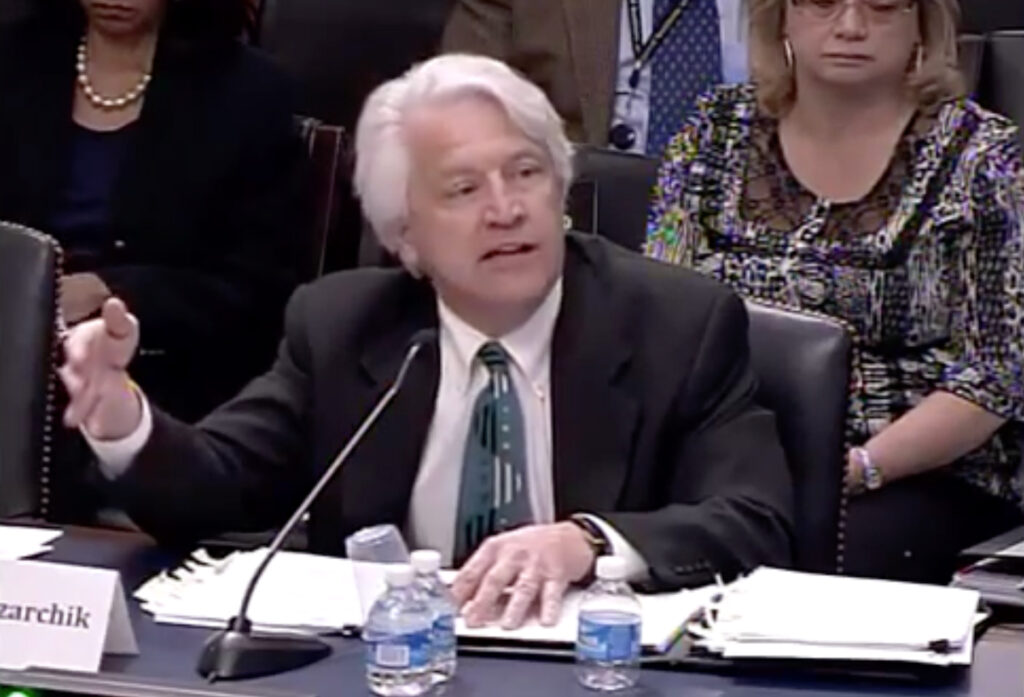
Pizarchik said that preventing citizens from providing relevant information to federal regulators would violate the law. During the first Trump presidency, the administration moved to change federal rules to prevent direct citizen complaints, but that decision was ultimately reversed in the wake of lawsuits by environmental groups and, ultimately, Biden’s election, Pizarchik said.
“She appears to want to go back to the rules the way Trump had changed them last time—and that would make them not in compliance with federal law,” he said. “And she’s making a bold assumption about whether that citizen was knowledgeable or not, because the fact is, we know methane got into her neighbor’s home and killed a man.”
Ultimately, Pizarchik said Love’s suspension of methane monitoring increases the risk to residents living above coal mines, particularly “gassy” mines where significant amounts of potentially explosive methane gas are released during mining.
Love and her agency’s actions may bring into question whether the government, and potentially even Love personally, Pizarchik said, may be liable if another tragedy like the March 2024 explosion were to occur again:
“Given the six-month extension and now the permanent suspension, has she not created the circumstances for government liability in Alabama, in her official capacity and maybe in her personal capacity, if someone else is injured or killed from a methane explosion?”
If he were still director, Pizarchik said he would likely take a multi-prong approach to dealing with Alabama regulators. First, he would reissue the Ten-Day Notice requiring immediate action to mitigate the risks of methane escaping from mines. Then, he would begin the lengthy process of a federal takeover of Alabama’s mining regulatory program.
“I think I’d probably do both at this point,” he said.
Oak Grove mine has denied any wrongdoing in the case of Griffice’s death as part of a wrongful death lawsuit filed by Griffice’s family. A trial in that case is tentatively set for early 2027.
About This Story
Perhaps you noticed: This story, like all the news we publish, is free to read. That’s because Inside Climate News is a 501c3 nonprofit organization. We do not charge a subscription fee, lock our news behind a paywall, or clutter our website with ads. We make our news on climate and the environment freely available to you and anyone who wants it.
That’s not all. We also share our news for free with scores of other media organizations around the country. Many of them can’t afford to do environmental journalism of their own. We’ve built bureaus from coast to coast to report local stories, collaborate with local newsrooms and co-publish articles so that this vital work is shared as widely as possible.
Two of us launched ICN in 2007. Six years later we earned a Pulitzer Prize for National Reporting, and now we run the oldest and largest dedicated climate newsroom in the nation. We tell the story in all its complexity. We hold polluters accountable. We expose environmental injustice. We debunk misinformation. We scrutinize solutions and inspire action.
Donations from readers like you fund every aspect of what we do. If you don’t already, will you support our ongoing work, our reporting on the biggest crisis facing our planet, and help us reach even more readers in more places?
Please take a moment to make a tax-deductible donation. Every one of them makes a difference.
Thank you,


